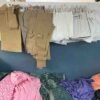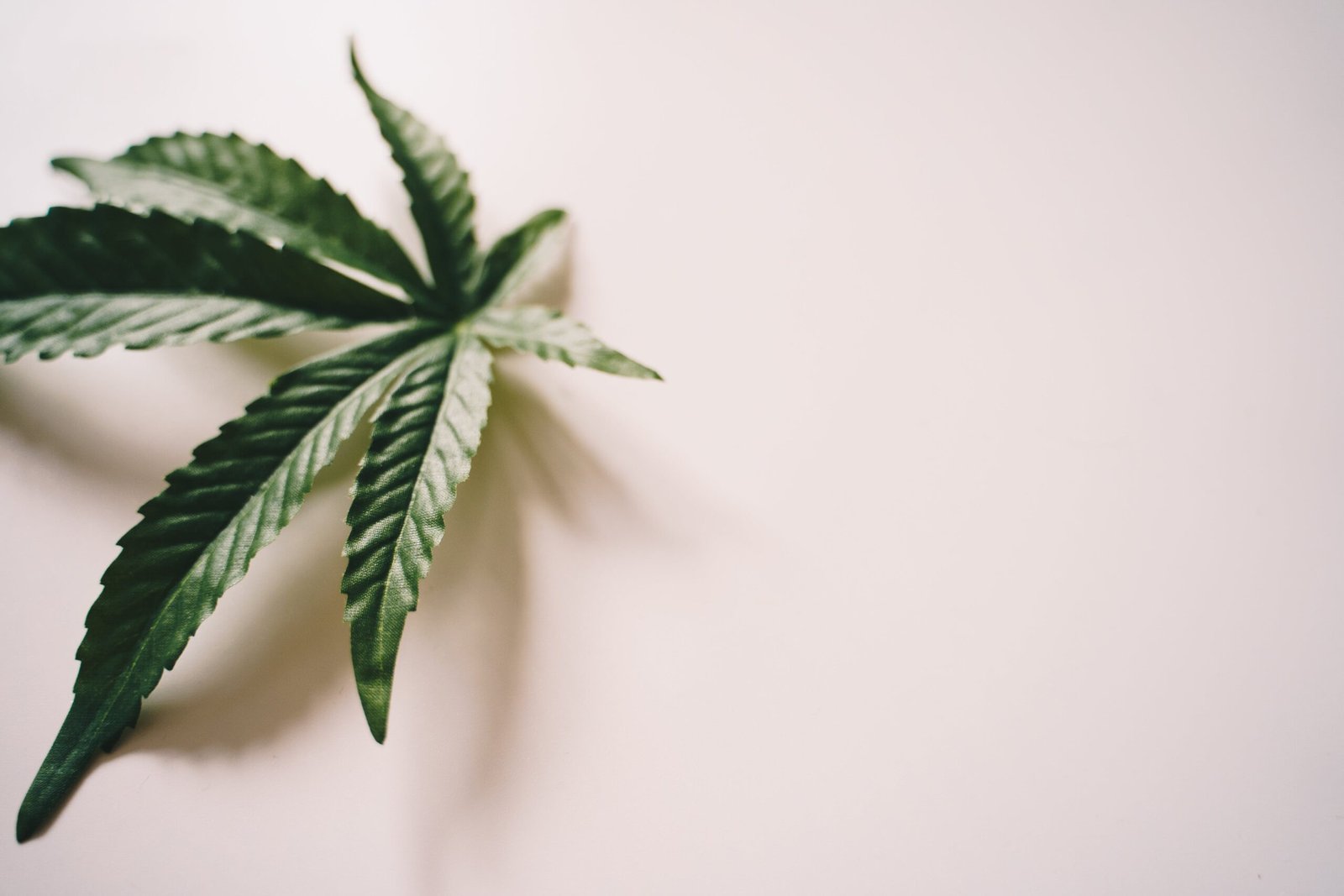The Natural Choice for Sustainable Clothing
Sustainability is not an end goal; it’s a journey The profound statement by the renowned American fashion designer and sustainability trailblazer Eileen Fisher, tells a lot about the gradual process to achieve sustainability. She established her fashion brand based on the core values and beliefs of eco-friendly practices. It is advised that we adopt sustainable practices as we go through life to preserve a healthy planet for the next generations. It is our shared duty to engage in environmentally responsible behaviour. It would only be possible to discuss sustainability in fashion and textiles by mentioning hemp fabric. The global ecological revolution can only be attributed to new textiles like hemp fibres. We will go into great detail about hemp fabric in this post, including where to find it, how to process it, and how much it costs. Let’s take a deep dive into the world of sustainability with EcoEarth, a budding pioneer of hemp clothing in India. What is Hemp Fabric? Hemp fabric has been around for centuries because of its eco-friendly qualities. Scientifically known as Cannabis Sativa, it has been used for more than ten thousand years now for a variety of purposes like food, medicines and clothing. In the last few decades, alternatives to synthetic materials, such as nylon and polyester, have taken over the market. Therefore, hemp saw a surge in decline in production and usage. However, in recent years, hemp fabric is finding its feet again in the market due to the need for sustainable alternatives other than cotton. Various properties of hemp fabric make it highly usable in today’s day and age. Let’s check them out: Breathability: Unlike synthetic materials, hemp cloth allows easy airflow, making it perfect wear for summer and humid weather. It can be a good alternative to cotton to feel comfortable in hot weather. Durability: Hemp fabrics can withstand wear and tear for a long time because of their exceptional strength of threads. Biodegradability: Once you are done using the hemp cloth to its maximum usage, you can easily discard it in nature because it decomposes without harming the environment. Eco–friendly: The cultivation of the hemp plant requires minimal water and no insecticides or pesticides, which makes it a good crop for overall soil health. It is also easy to grow hemp in almost all kinds of terrains and weather (until extreme). Anti–bacterial Nature: Such properties are necessary to keep the fabric resistant to bad odour and improve its freshness. Moisture Absorbing Properties: Hemp fabric is well suited for hot & humid environments because it can absorb sweat and moisture without feeling damp. Thermal Regulation: While it can keep you cool in hot weather, hemp shirts or hemp T-shirts also keep you warm in cold weather. Versatility: Clothing can be the primary usage of the fabric, but it can also be a perfect choice for bed & bath linen and home furnishings. The above mentioned properties are good enough to make anyone switch from synthetic fabrics to sustainable hemp fabric to promote eco-conscious living. How is Hemp Fabric made? As discussed earlier, hemp is derived from the plant Cannabis Sativa, which has a few similarities to the marijuana plant. This leads to a few legal restrictions on hemp usage. However, hemp has very low levels of tetrahydrocannabinol (THC), which is present in a high percentage of marijuana. The hemp plant cropping is easy and can be done in various climates. The cultivation is done only on certified organic farms because of the legal restrictions, which leads to proper regulation of the production. There are five major steps in obtaining the fabric from the plant. Harvesting: When the plants are in their flowering stage, they are harvested using special machinery. They are cut to the maximum length to maximise the production. Retting: This is about a month-long process in which the fibre is separated from the bark. Two types of retting processes do this: dew and water. As the name suggests, dew retting is done by leaving the stalks in the field and letting nature do its job, while water retting involves soaking the stalk in water to facilitate fibre separation. Carding: The process of carding involves cleaning and combing the fibres to remove any impurities. This is done to make sure it is perfectly ready to go into the further processes. Steaming: The fibre is steamed to obtain the raw hemp for textiles. At this stage, it can also be pulped or matted to get raw material for paper or mats respectively. Spinning & Weaving: The raw hemp is spun into yarns to obtain the textiles using modern or traditional techniques and then woven onto the looms. After all these processes are done, the fabric is abstained, and it can be further dyed and used accordingly. However, quality control checks are also an integral part of processing, which is done at the end. Is Hemp Fabric expensive? We just understood the entire process of obtaining the hemp fabric. While it is similar to cotton fabric processing, there is no denying that it is much more labour-intensive and requires more production costs. The production cost can be attributed to the fact that it is dedicatedly grown in organic farms with proper attention to sustainable practices. The pricing can be in the competitive range of organic cotton or other sustainable materials. However, you can consider it an investment because of the durability and longevity of the hemp fabric. Hemp Fabric- Yay or Nay? Hemp fabrics stand as a testament to the promising future of sustainable textiles, offering a greener choice for a more environmentally conscious world. They not only exemplify the potential of sustainable fashion, but they also serve as a tangible reminder that our choices can make a positive impact on the environment, weaving a brighter, more eco-friendly future for generations to come. We wholeheartedly support hemp as a textile.





